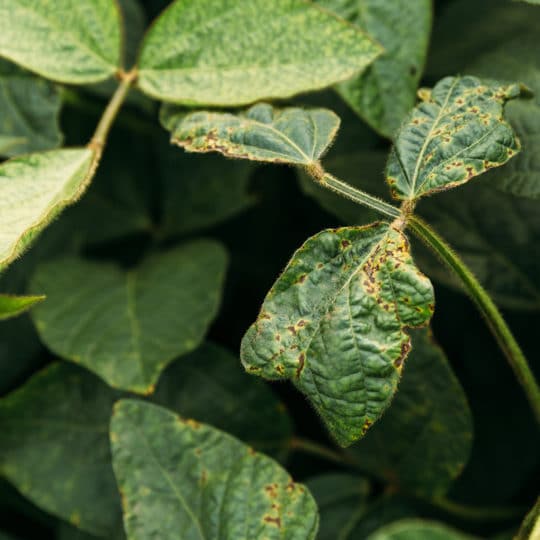Preventing Common Plant Problems
Understanding What Your Plant Needs
Posted
May 19, 2022

No one plants something in the hopes of it becoming infested with pests or disease. However, planting something without thinking about regular maintenance could be just as bad. There are easy ways of preventing common plant problems, including disease and pest infestation. It doesn’t all take a lot of work, but it does take thought and planning.
Understanding Your Plant
You probably know that plants need certain things to survive, including food, water, and light. But there’s still so much to learn about your plant, even before you decide to grow it. Keep the following in mind before you decide to plant something new:
- What environment does it thrive in? Is it a tropical plant or can it stand up to winters?
- Is it tolerant to drought and/or disease?
- Is it prone to certain diseases?
- Does it attract certain animals or pests?
After you know more about your plant, you’ll know more about what it needs to survive and thrive. Stronger plants are more likely to stand up to certain diseases. Others are simply more prone to disease no matter what you do. Keeping this information in mind will help you determine what you’re willing to deal with.
Choosing the Right Plant
Once you gain more plant knowledge, you can choose the species that are best for your area. You should also have the best planting spot in mind. This area needs to be large enough to accommodate the plant when it’s fully grown, so keep these measurements in mind. It should stay clear of any structure, utility lines, or anything else that could become a hazard.
Not only does the right plant need the right spot, but it also needs the right soil. Determine the pH levels by testing the soil to make sure there are enough nutrients for plants to grow. Take note of any drainage issues. How much sun and wind get through? Look around to see what else is growing well at the site or in the surrounding area. You’ll also want to determine if what’s currently growing there will interact well with what you want to plant. Some plants spread while others grow tall. Make sure the root systems of the plants won’t negatively impact each other.
Naturally, choosing a plant that’s resistant to a disease is an easy prevention method. No plant’s immune to everything, but you can narrow down your issues with a hardier plant.
Preventing Common Plant Problems
Once you have the right plant in the right spot in the right soil, help maintain its health with the right amount of pruning, watering, mulching, and fertilizing. There’s such a thing as too much and too little of these tasks, so finding the right balance is crucial.
Another way to help prevent disease is by eliminating easy spreaders. This means pruning anything that’s already diseased and properly disposing of it. Clean any pruning or gardening tools to limit the spread. Keep the area free of garden debris, like wet leaves, grass clippings, or thatch.
If you decide to use fungicides to help prevent disease, just remember it’s not a silver bullet or guaranteed to work. You still need to take the preventative measures already discussed. Plus, timing is critical when using any type of chemical, both for effectiveness and for keeping other plants in your yard safe.
There may come a time when you simply need to tolerate some diseases. Not all are deadly to your plant. If you see some leaf spots here and there, it’s not the end of the world or your garden. However, if you’re worried about certain plant diseases or want more ways to help prevent them, contact the lawn care experts at Elite Tree Care for a consultation today.